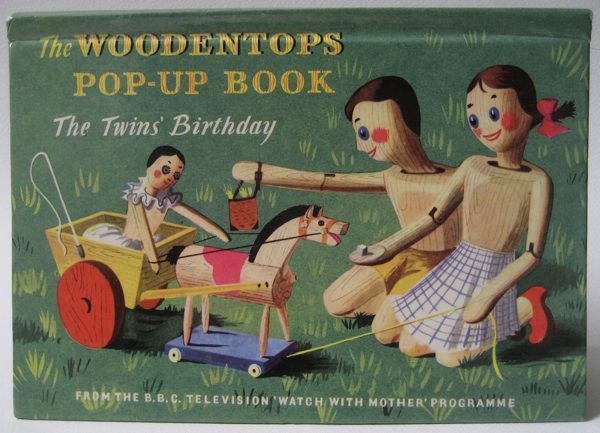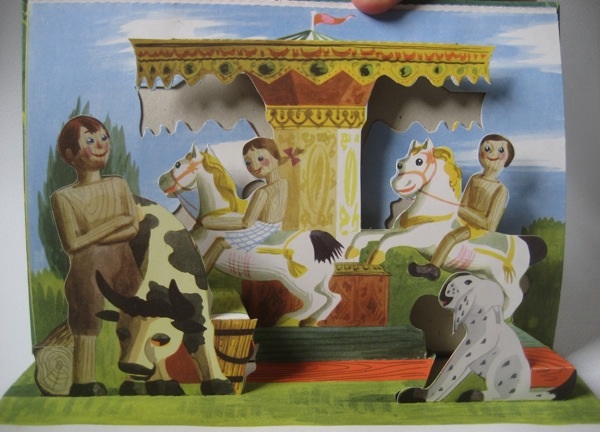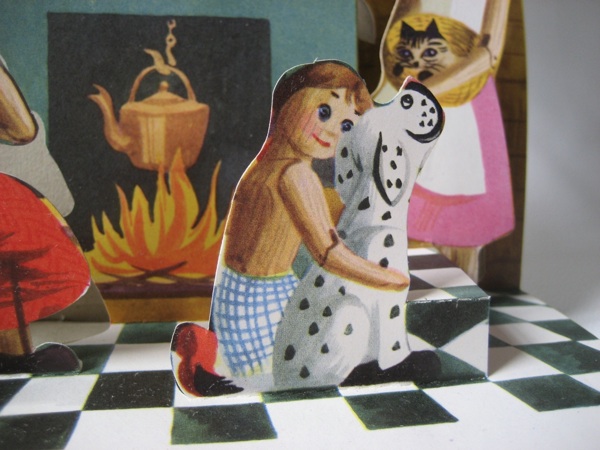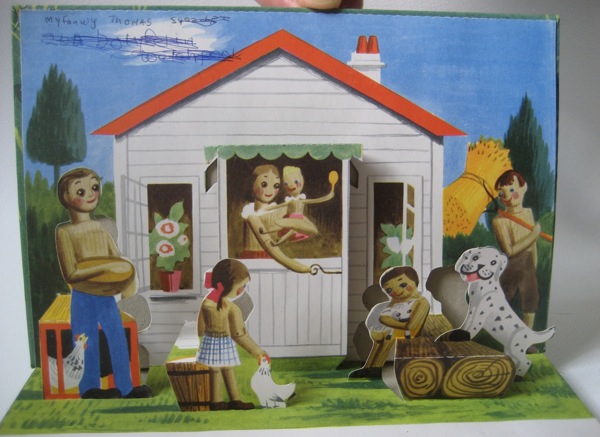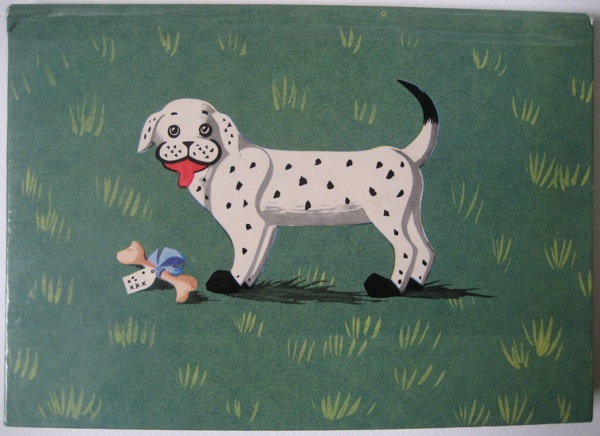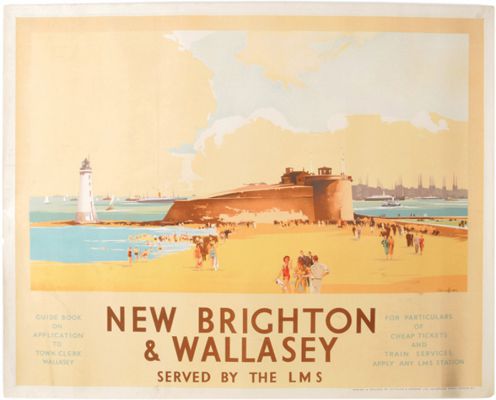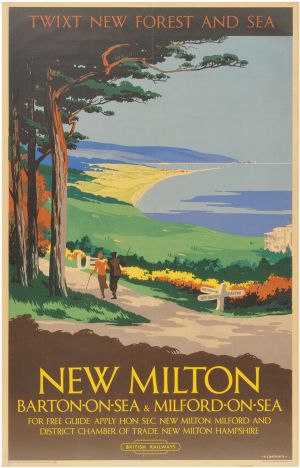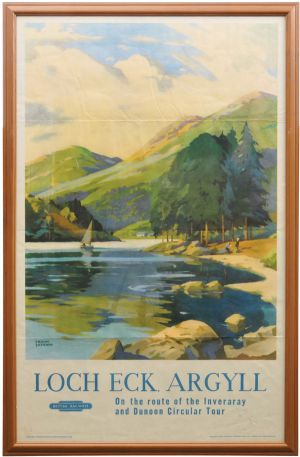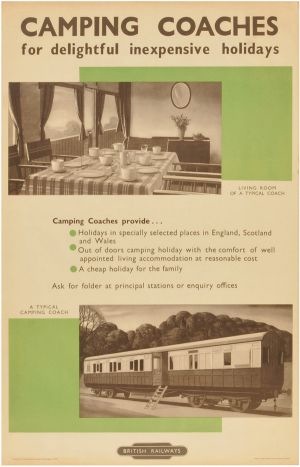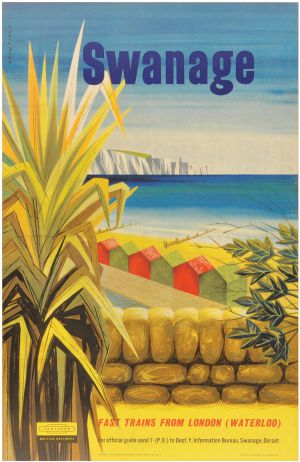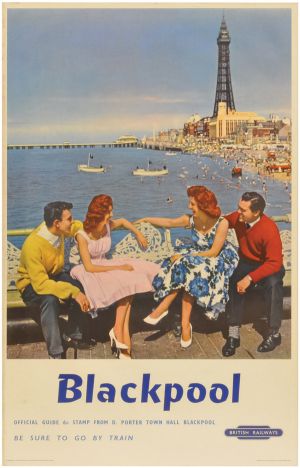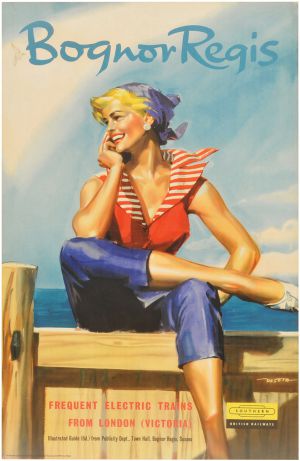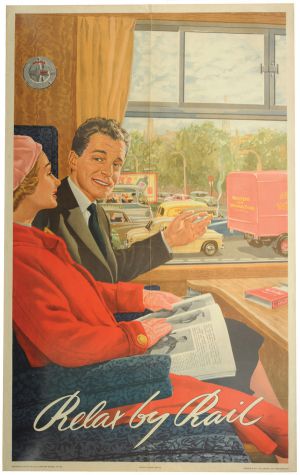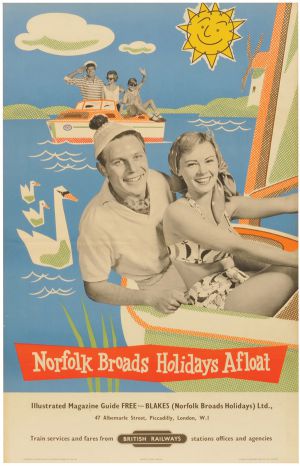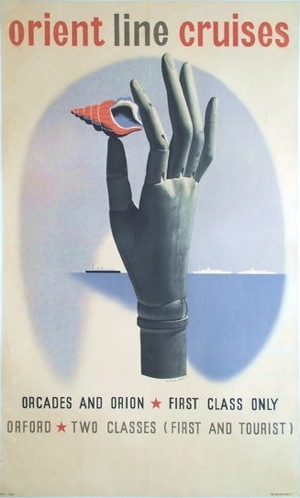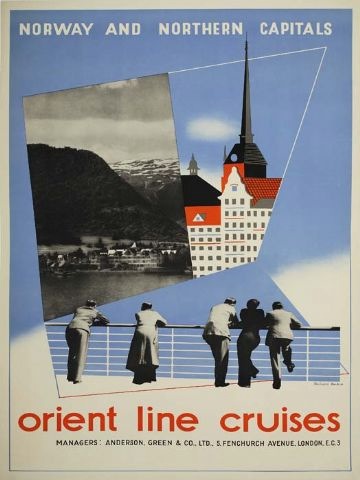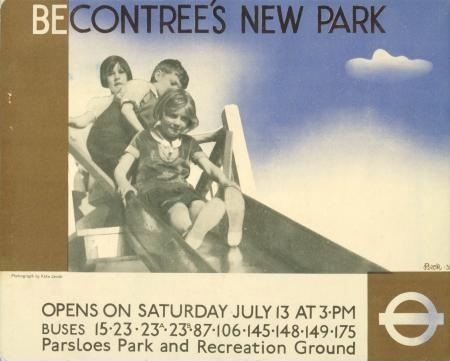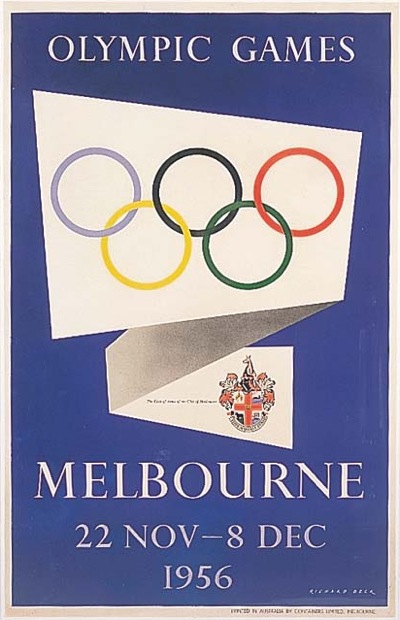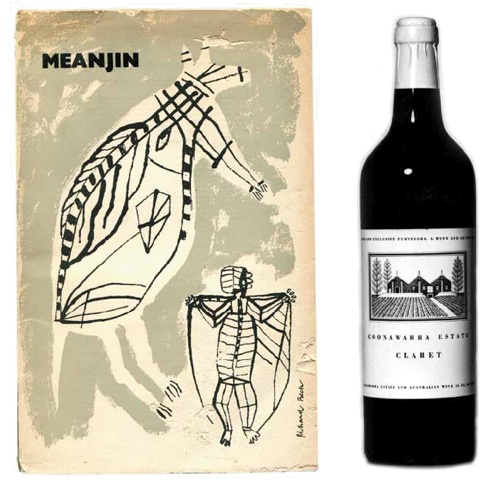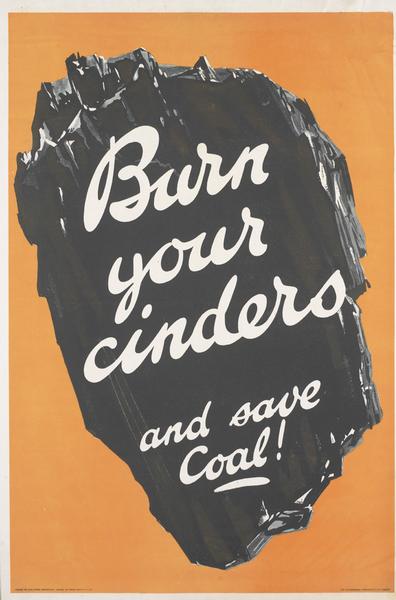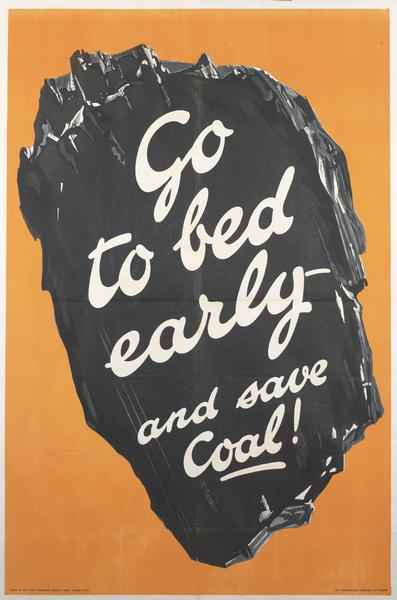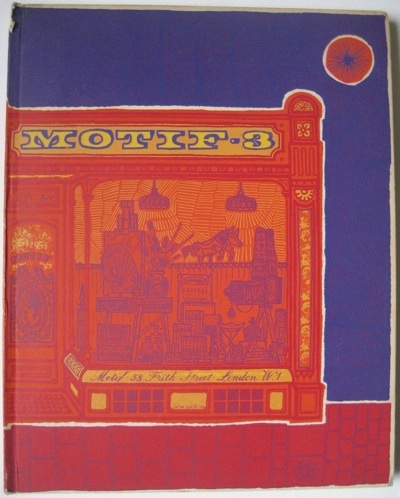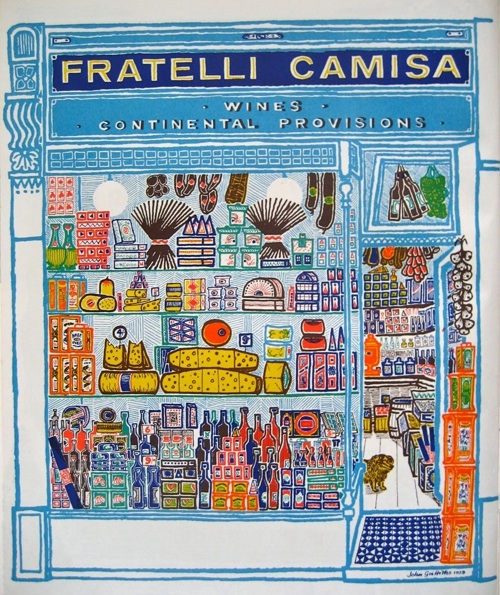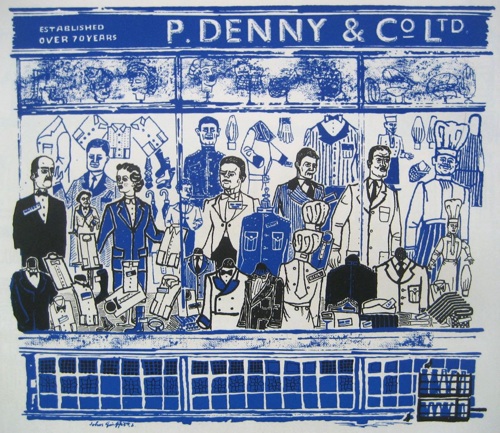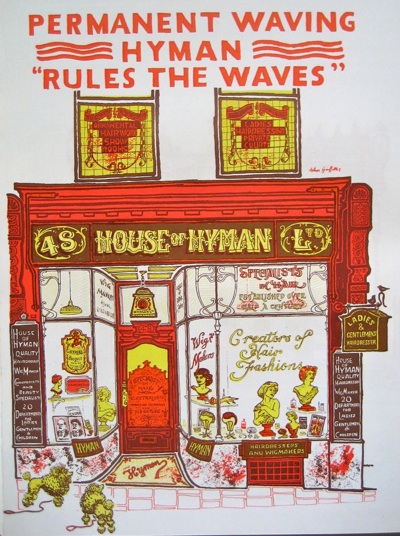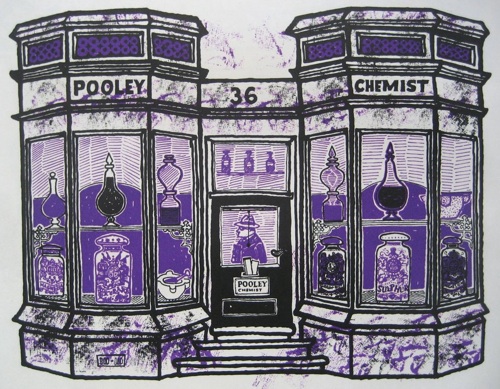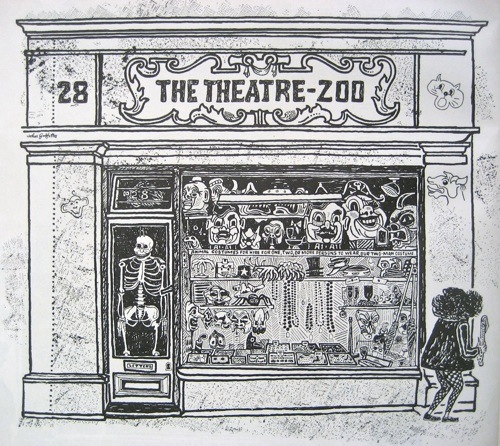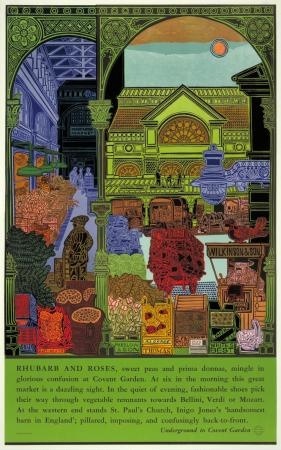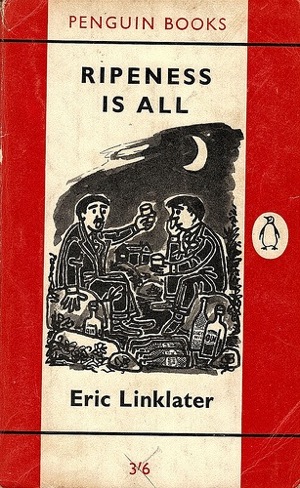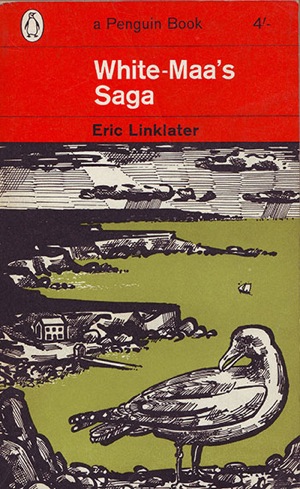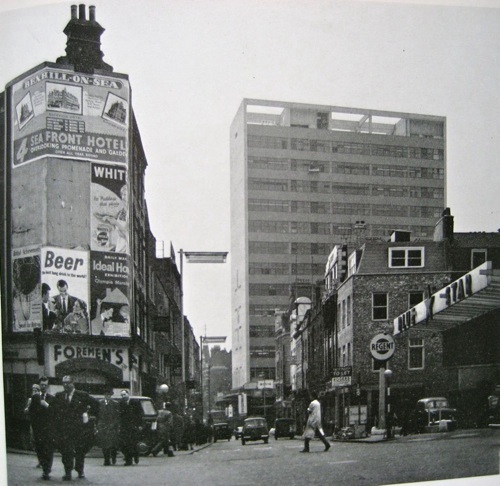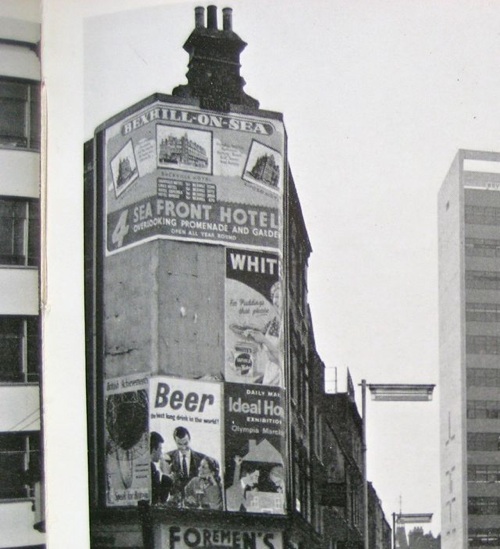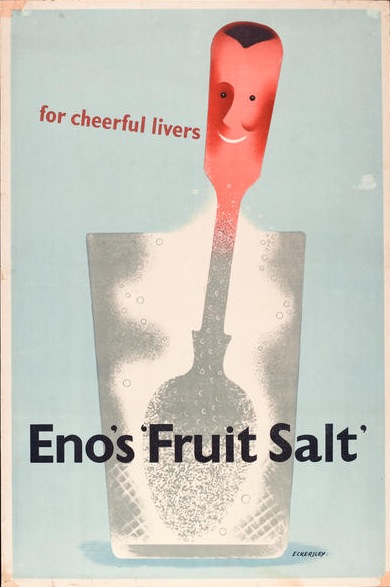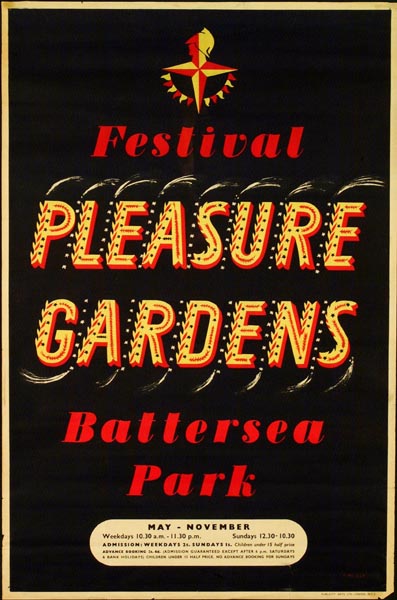Woof Woof
So, why, you may be wondering, am I bothering you with 1950s children’s ephemera today? Evocative and delightful, to be sure, but what’s the reason for its being here?
Here’s a clue.
The roundabout and its flying fairground horses have turned up before on here. And in each case they are the work of Barbara Jones.
In amongst all of her ephemeral works like murals and exhibition designs, the fact that she also designed The Woodentops tends to be forgotten. But surely the series must have reached more people than anything else she did.
Apart from a few rare survivals, the series has pretty much disappeared, which means it’s hard to see what she created. But there were also three spin-off books of which this pop-up design is one.
The fairground scene is the clearest hint that she was still using her own interests and style even while designing for children. But Spotty Dog, who definitely has a bit of Staffordshire china in his breeding, is a reminder of her interest in folk art.
While some of the twins’ birthday present toys must have looked a bit old-fashioned, even in 1955.
So although the drawings were a bit more sharp-edged than her usual work, the sensibility and eye are still very recognisably the same. Which I love, because there is no reason at all why children shouldn’t have art and illustration of the highest quality.
Now at this point, I’d usually be complaining that no one would ever commission someone as left-field as Barbara Jones to design a book or series these days. But for a change that isn’t true. Of course there is plenty of sub-standard stuff out there (I’m looking at you, Peppa Pig spin-off books), but, as I’ve been discovering over the last four years, there is also a wealth of fantastic children’s illustration and animation too.
What we’re really missing these days is someone as idiosyncratic as Barbara Jones designing and illustrating books for grown ups instead. But that’s a whole other story.
